Table Of Content
How Panthenol Can Help You Achieve a Youthful Skin
In the realm of hydrating elements, certain names steal the spotlight repeatedly, like the ever-popular hyaluronic acid. Yet, let me acquaint you with one of the underrated champions in this league—panthenol. Also recognized as provitamin B5, it graces a multitude of skincare, makeup, and haircare products, owing to its exceptional moisturizing prowess. Operating as both a humectant, drawing and retaining water in the skin, and an emollient, smoothing and softening the skin, panthenol plays a versatile role.
Though panthenol seldom takes the lead in skincare narratives, dermatologists unanimously vouch for its significance. Below, we delve into the reasons why, shedding light on the essential details of this moisture-rich ingredient.
What Is Panthenol Exactly
Panthenol serves as the precursor, or a substance convertible into a specific vitamin—B5, in this instance. When applied topically, panthenol swiftly transforms into vitamin B5, also known as pantothenic acid. B5 adeptly binds to water, moisturizing the skin and preserving its suppleness and elasticity. Distinguishing itself from commonplace moisturizers like hyaluronic acid, panthenol holds an edge by functioning both as a humectant and an emollient. Humectants allure and bind water to the skin, while emollients seal the skin's crevices, ensuring that the moisture stays put.
These outstanding moisturizing capabilities render panthenol a key player not just in skincare but also in haircare and makeup. It graces numerous products designed for various body parts and might already be a silent participant in your daily routine. A cursory examination of your daily staples would likely reveal panthenol's presence in at least a few of them. Its impact on hair mirrors its effects on the skin, enhancing both softness and shine. Hence, it frequently appears in hair products, especially conditioners and leave-ins. In the realm of makeup, panthenol is harnessed for its emollient and moisturizing virtues. (By the way, if panthenol doesn't make a direct appearance on the ingredient label, keep an eye out for its pseudonyms—Provitamin B5, butanamide, and d-pantothenyl alcohol are all synonymous.)
Panthenol earns additional accolades for its broad tolerability. Boasting a GRAS rating (generally recognized as safe and effective), it proves to be an excellent choice for minimizing irritation while fortifying the skin barrier. Apart from its moisturizing prowess, it triggers the production of cells crucial for wound healing and fortifying the skin barrier. (Quick reminder: the skin barrier acts as the outermost layer of the skin, pivotal in warding off toxins and irritants while sealing in moisture.)
What Are The Benefits of Panthenol
In addition to its stellar moisturizing advantages, panthenol boasts other remarkable effects, particularly in calming the skin and fostering wound healing.
- Panthenol delves into the deeper layers of the skin, infusing water into cells and preserving moisture within the tissue.
- Beyond retaining skin moisture, panthenol aids in stimulating cells that fortify skin barrier function. A robust and healthy barrier locks in moisture, preventing it from escaping.
- The cells that enhance skin barrier function also play a pivotal role in wound healing. This is why panthenol is commonly recommended for minor skin injuries, with an interesting tidbit—tattoo artists often suggest a moisturizing cream with panthenol post-tattooing.
- Panthenol demonstrates anti-inflammatory effects, especially on UV-induced redness, making it a common inclusion in ointments for sunburns. Additionally, it can alleviate itchiness in individuals dealing with dermatitis.
How To Use Panthenol
Panthenol proves to be relatively innocuous, harmonizing well with most other ingredients. The key to maximizing its efficacy lies more in how you use it than the specific ingredients paired with it. It works well on freshly cleaned skin, advocating for a routine involving face washing, toning to remove excess dirt, and concluding with a lotion or cream containing panthenol. Given its prevalence in various products, adhering to the formulation-specific directions for frequency is advisable. Furthermore, due to its low likelihood of causing irritation, using it multiple times a day should generally pose no issues.
PRODUCTS WITH PANTHENOL
|
|
|
|
|
|
|
|
Final Thoughts
It’s the kind of skincare ingredient that has a lot of benefits to your skin and has the power to transform your skin from dull and lifeless to hydrated and healthy in a short period of time.Also, It is highly suggested to use this ingredient-infused products instead of opting for direct application as not every skin has a barrier that can take active ingredients directly.
Author

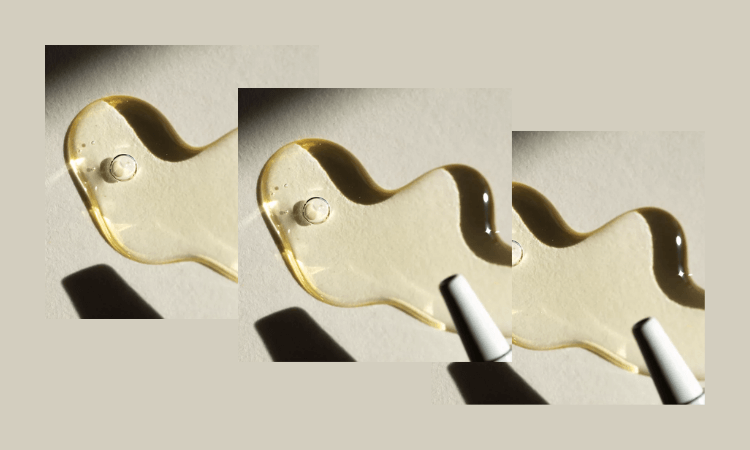
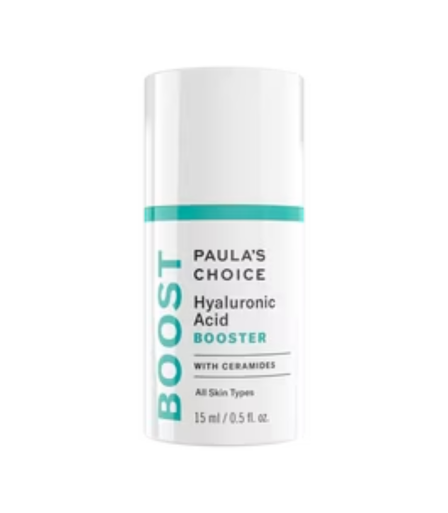
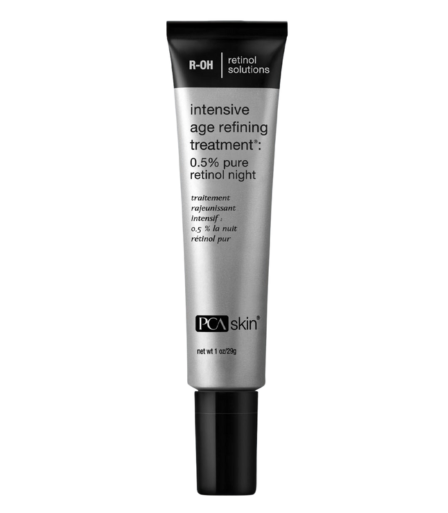
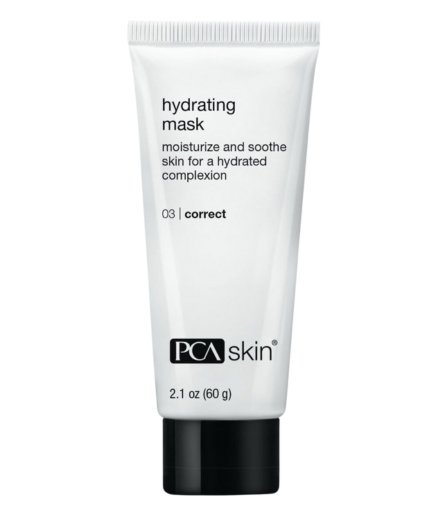
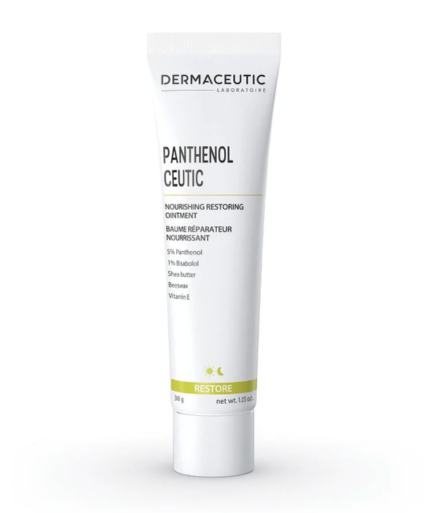


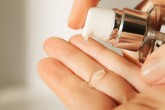


Top 10 Travеling Tips for Pеt Ownеrs
Best Body Washes For Dry Skin Under $50
8 Best Moisturizers for Mature Skin
How to Curl Your Hair to Make Your Style Last
Barbie Tattoo Ideas for the Doll-Loving Ink Enthusiasts
Selena Gomez and Hailey Bieber Drama Takеs thе Spotlight In Entеrtainmеnt Nеws
Michael Kors Shoes: The Perfect Addition to Your Shoe Collection
Lululemon Yoga Mats: Which One Is Best for You?